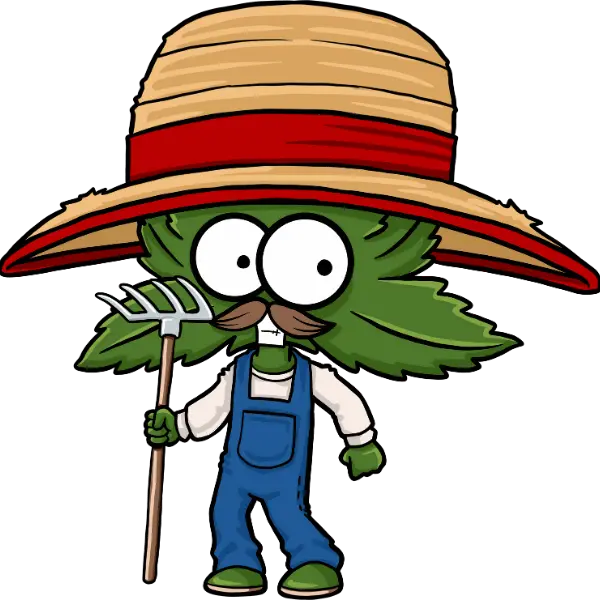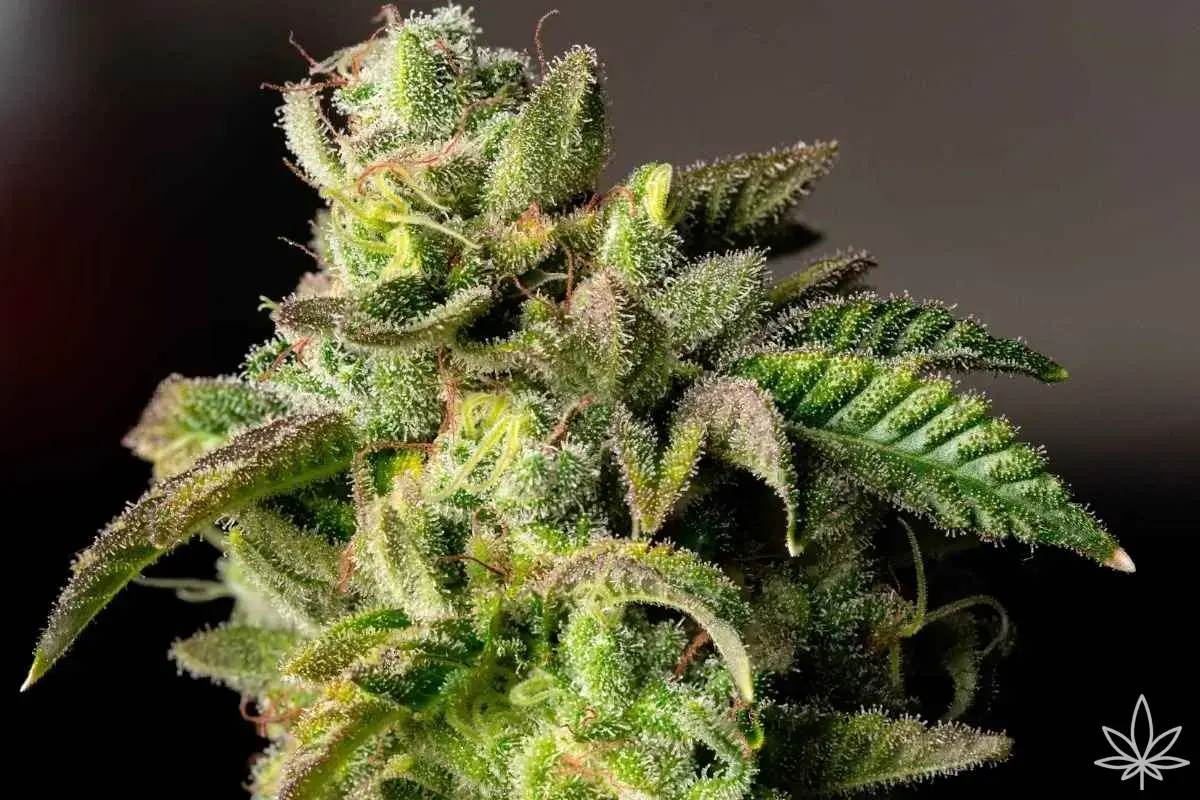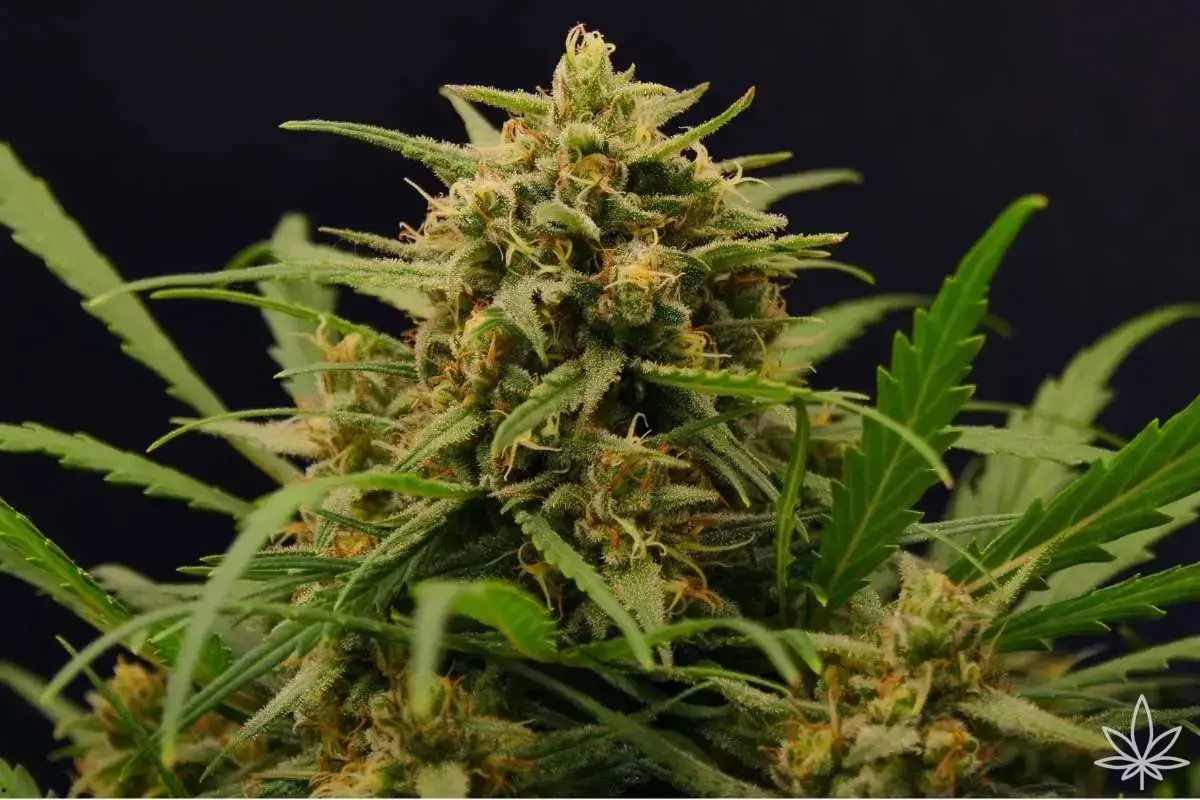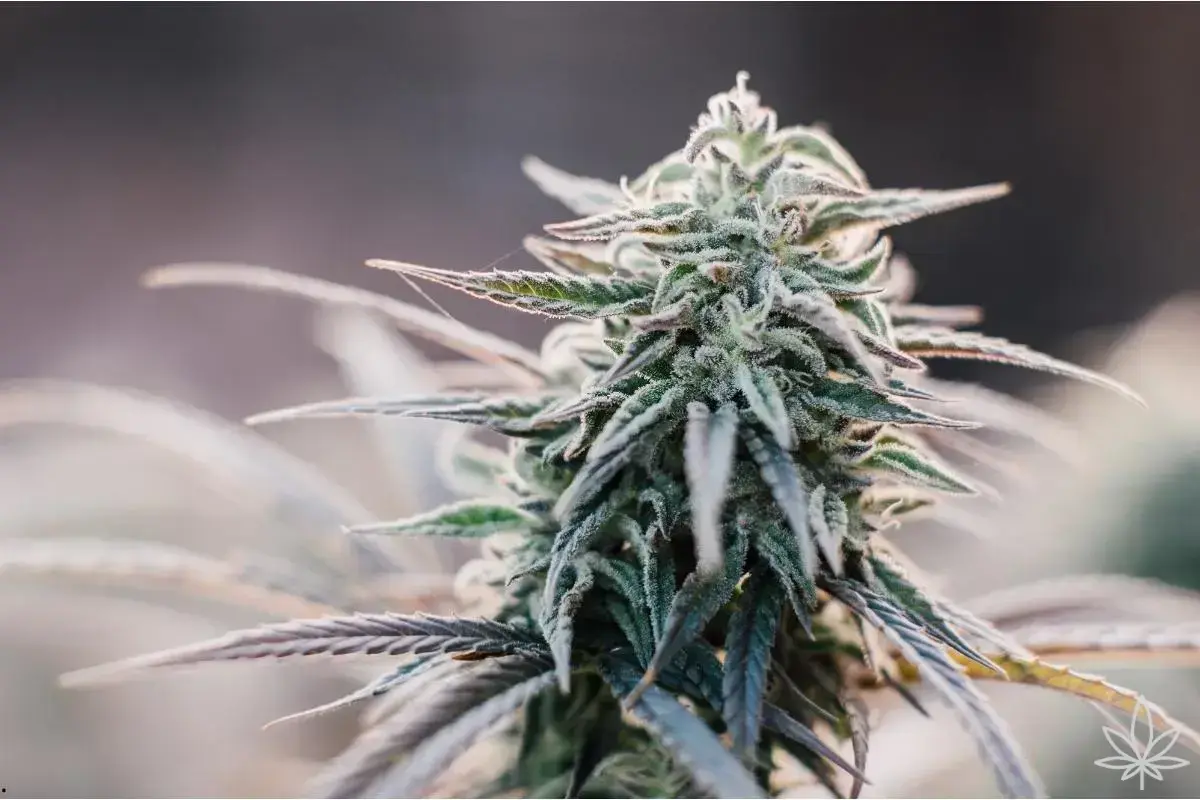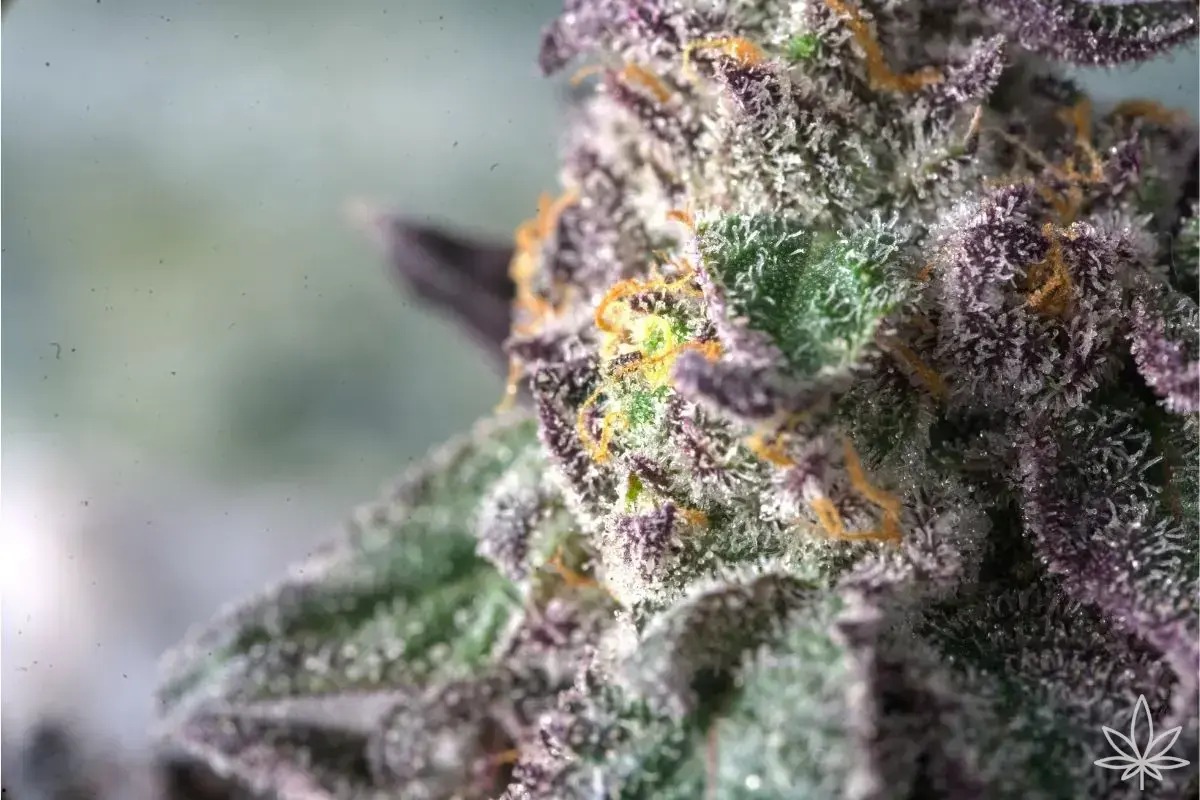Afghan Kush isn’t a trend—it’s a foundation. The modern scene may spin around dessert hybrids, but when you want to remember where the whole “hash taste” came from, you go back to Afghanistan and the raw slopes of the Hindu Kush. That’s where this indica landrace was born: compact, resinous, calm in demeanor, with an aroma that for decades defined good hash.
Why is it a classic?
Because Afghan Kush delivers what makes the “heavy” indica line beloved: meaty calyxes, oily frost, and a hashy–earthy nose with a spicy core. In an era of novelties and crosses, this profile remains a reference point—coherent, mature, traditional.
What it looks like — a botanical notebook
- Architecture: short to medium, stocky indica, tight internodes, “stone-like” tops.
- Calyxes: dense, “heavy,” often forming firm colas; flower > leaf.
- Trichomes: thick, milky dusting; under a loupe, large, uniform heads.
- Color: from deep green to olive; at cool maturity, flashes of dark burgundy can appear.
- Pistils: from creamy to rusty; when cured they contrast with the darker tissue.
A good Afghan leaves a noticeably oily resin smear on your fingers—that’s the sign the “hash lives” in the material.
Aroma & flavor — hash, earth, wood
On the nose, a hashy–earthy base leads with notes of cedar and sandalwood. In the background come pepper and cumin, sometimes a hint of citrus peel on a short tail and pine. After grinding, a sweet resin (honey/toffee) peeks out, but the profile stays dry and spicy. On the palate—oily fullness, a long, warm finish.
How it “carries” — plain talk
Composite reports from regulars: tone-down calm, body softening, quieting of background thoughts. It’s “blanket and armchair,” not “rocket to the sky.” Perception is individual—this is sensory language, not medical advice.
Terpenes & phenotypes — where Afghan diverges
Most often on the podium:
- myrcene (earth, “oiliness”),
- β-caryophyllene (pepper, spice),
- humulene (hoppy–woody shadow),
with support from pinenes (pine) and sometimes guaiol (dry, woody accent).
Phenotypes usually split into:
- “Hash–earth–spice” — heavier, more spice-loaded nose;
- “Wood–pine–sweet” — a touch of honey/toffee under the wood, cleaner line.
How to spot a good batch — orientation points
- Frost: dense, milky, even—no dull patches.
- Nose after grinding: hash and cedar first, then warm spice; no sharp “green” edge.
- Structure:calyx dominates leaf, cola is dense but not a fiberless rock.
- Touch: sticky, oily resin—your fingers feel “oiled.”
These are aesthetic markers—phenotypes deserve their own nuances.
A “botanical” note on material character
Afghan Kush is resinous by nature—it shines in clean, orderly sensory surroundings where earth–wood–hash rings out instead of anonymous green. Dense calyxes are visually striking and rewarding for collector work (macro, sieves).
Who is Afghan Kush for?
For those seeking old-school indica: a heavier, warm bouquet and a calm character. For lovers of the hashy nose, resinous presence, and classicism without dessert excess. For collectors who want a reference point in the stash—the cultivar where the conversation about “true” hash begins.
